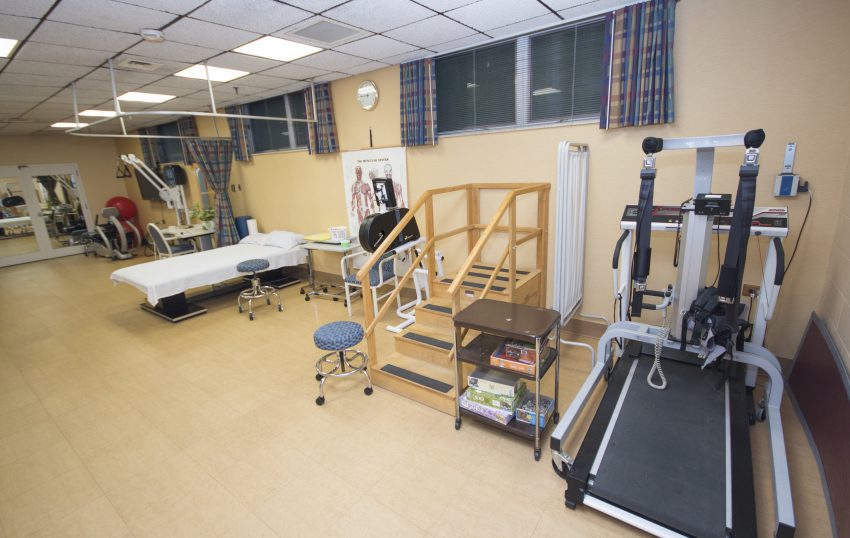Efficient Methods for Alleviating Breathlessness in Physical Rehabilitation Sessions
Efficient Methods for Alleviating Breathlessness in Physical Rehabilitation Sessions
Blog Article
Breathing difficulties, or trouble respiration, is a frequent concern that many individuals face, particularly those with chronic lung conditions, heart problems, or other health concerns. In rehabilitation therapy appointments, addressing dyspnea is essential for helping clients enhance their overall standard of life. By utilizing specific techniques and strategies, physical therapists can assist patients in controlling their breathing difficulties. Grasping these efficient approaches can empower both therapists and patients to work together more effectively in overcoming challenges related to dyspnea.
One of the primary techniques used to reduce breathing difficulties in physical therapy is the practice of regulated breathing exercises. These activities often focus on diaphragmatic breathing, which promotes patients to use their diaphragm rather than their upper thoracic muscles when inhaling. This method helps to increase lung volume and efficiency. Additionally, pursed lip breathing is another technique that can be helpful. This method involves breathing in through the nose and exhaling slowly through pursed lips, which can help to keep airways open longer and make breathing feel more manageable. By incorporating these exercises into therapy appointments, physical therapists can provide patients with tools to manage their dyspnea both during and outside of their sessions.
Another important element of controlling dyspnea in physical therapy is the creation of an individualized exercise program. Customizing exercises to meet the specific needs and capabilities of each patient is crucial. Therapists should slowly introduce aerobic activities, such as ambulating or biking, in a controlled manner, allowing patients to build their endurance over a period. This progressive method helps patients to feel more comfortable with fitness activity while at the from this source same time improving their lung function and overall endurance. It is important for therapists to observe patients closely during these activities to make sure they are not overexerting themselves, which could result to greater shortness of breath.
Education also plays a significant role in reducing breathing difficulties during physical therapy sessions. Providing patients with information about their condition and the factors behind dyspnea can empower them to take control of their health. Therapists can describe how elements like anxiety, posture, and environmental conditions can influence breathing. By understanding these concepts, patients can learn to control their symptoms more effectively. Techniques such as stress reduction strategies and proper body posture can additionally assist in minimizing the impact of dyspnea during routine activities and therapy appointments.
In conclusion, successfully reducing breathing difficulties in physical therapy appointments involves a mix of breathing activities, personalized exercise regimens, and patient education. By implementing these efficient approaches, physical therapists can help patients control their respiratory difficulties and improve their overall health. Working together between therapists and patients is essential to create customized interventions that meet individual needs. With the appropriate support and methods, patients can experience comfort from dyspnea and engage more fully in their physical therapy process, eventually leading to a better standard of life.